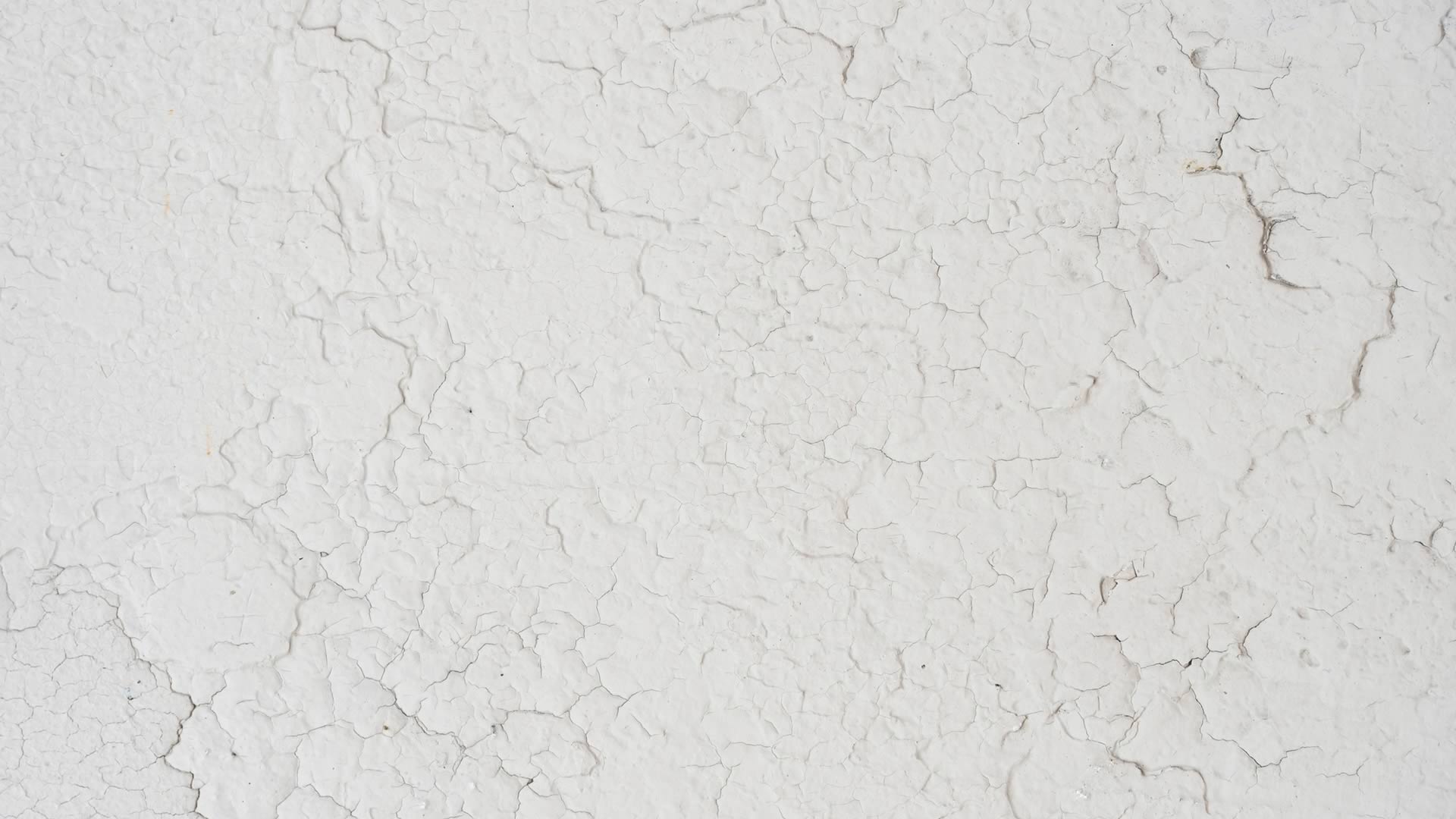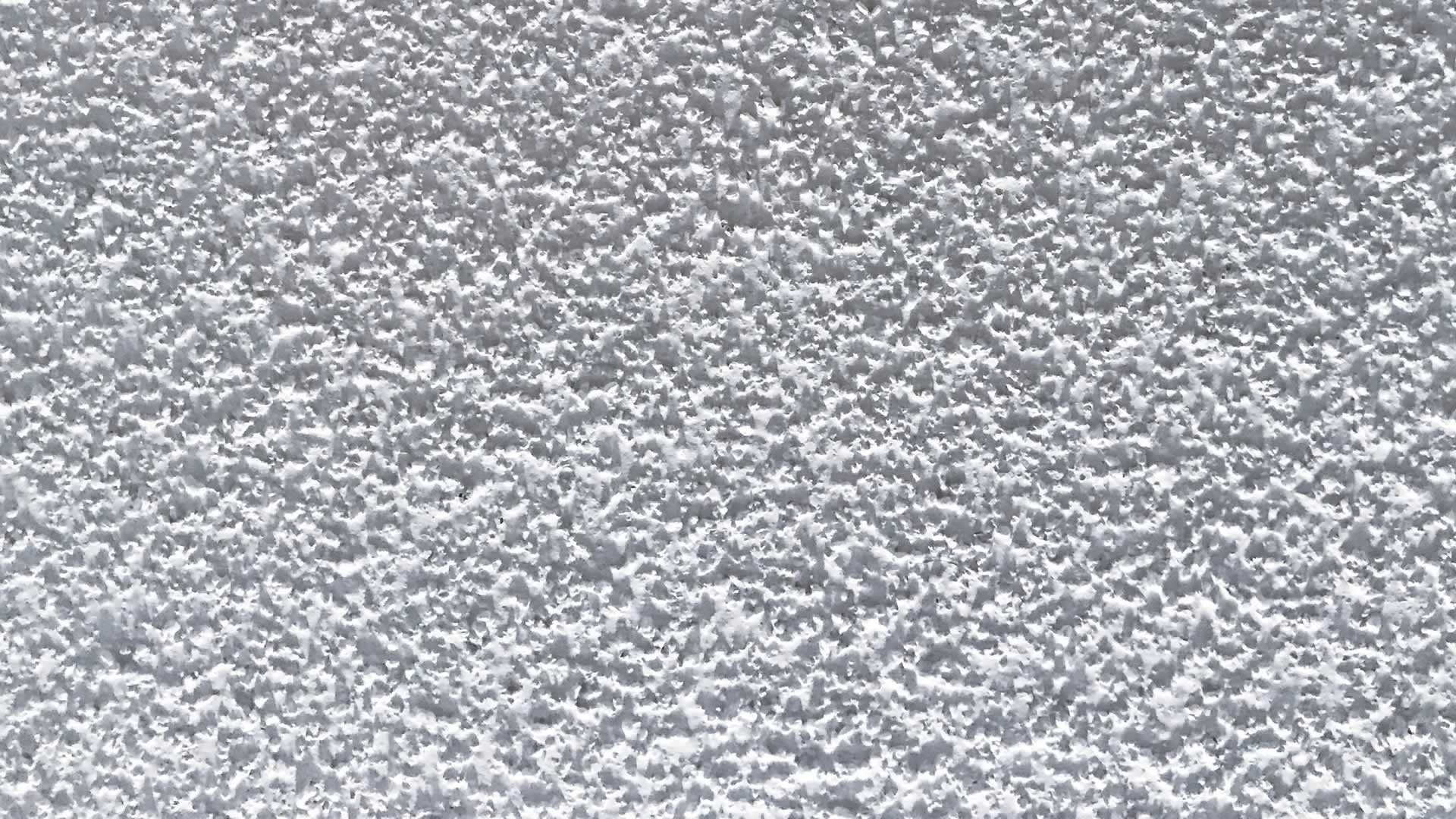While it’s more common to experience plaster stress cracks in older buildings, it can also happen to more modern ones. Knowing what causes these stress cracks can give you a better idea of the right solution to rectify the issue.
Today we will explain some of the most common causes of stress cracks as well as how to handle them if you are experiencing them.
Causes of Plaster Stress Cracks
 The age of the plaster, recent remodeling projects, and natural settling are a few reasons that plaster may crack.
The age of the plaster, recent remodeling projects, and natural settling are a few reasons that plaster may crack.
In some cases, small cracks are just a part of owning a home and a simple patch job is all you need. However, larger cracks can be caused by more extensive issues and require the help of experts.
If you’re struggling with plaster stress cracks, keep reading to learn more about what may be causing it and how you can get things back to the way they used to be.
Excess Humidity
Having too much humidity in the room can cause issues with structures that use wood frames. When the wood is exposed to humidity, it can cause areas near the studs to swell, which pushes the plaster outward. This can also result in wood lath separating from the studs inside your walls.
To prevent this, a moisture-proof barrier should be installed between the interior framing and the exterior surface. Older homes do not always have this. The addition of the barrier can make the insulation, framing, and other parts of the wall hold up better.
Settling Buildings
As homes age, they also move and settle.
This is generally a consideration for the designers and architects who construct structural elements and finishes to compensate for the changes. Unfortunately, large plaster cracks can still occur in some buildings.
If there is no physical damage, patching can take care of the issue. However, large cracks on load-bearing walls, near stairways, and in corners take a bit more work. They can indicate a more serious issue and a professional should be brought in to determine the best solution.
Foundation Damage
A property with soft soil or crumbling brick can cause part of the building to sink or sag. An expert should assist you with any needed foundation repair. The foundation should be inspected, water runoff paths must be identified, and soil samples should be accessed before a plan is made to deal with the structural problems.
Once that’s done, the plaster should be inspected again to determine if there is additional damage. For large cracks, sections of the plaster may need to be removed and replaced, while patching may be fine for less serious cracks.
Uneven Load Distribution
If your home has more than a single level, it’s more likely for it to have uneven load distribution. The weight of extra stories in addition to the roof may mean the load is focused on certain areas. Heavy furniture and crowded areas can exacerbate this. If rearranging the furniture doesn’t help, you’ll want to speak with a building engineer as the solutions can vary.
Make sure you share information about expansions and renovations you have had done. Sometimes floor joists will be cut to make room for electrical and plumbing items, which can lead to sagging floors and ceilings. Sections of plaster may need to be replaced depending on how serious the problem is.
Lath and Plaster Separation
There are many reasons that the lath can separate from the plaster. This might involve improper plaster application, nails moving out of position, inadequate plaster curing techniques, deterioration of the nails used on the lath and well, and expansion of the wood framing.
If the separation is due to metal nail deterioration, lath movement, or wood expansion, this can often be solved by simply resecuring the plaster with acrylic products or in a mechanical way. If the curing or plaster methods didn’t work, the plaster may need to be removed and replaced. A professional is the best person to handle this process.
Final Thoughts
 If you’re dealing with stress cracks in your plaster, understanding the underlying causes and finding the right solutions is crucial.
If you’re dealing with stress cracks in your plaster, understanding the underlying causes and finding the right solutions is crucial.
Whether it’s excess humidity, settling buildings, foundation damage, uneven load distribution, or lath and plaster separation, addressing these issues promptly is essential to maintain the integrity of your walls.
At Master Plastering & Services Inc., our skilled team specializes in diagnosing and repairing plaster stress cracks.
We utilize advanced techniques and high-quality materials to deliver exceptional results. Don’t let stress cracks compromise the beauty and structure of your space.
Contact us today to schedule a consultation and let our expertise and craftsmanship restore your plaster to its former glory.





